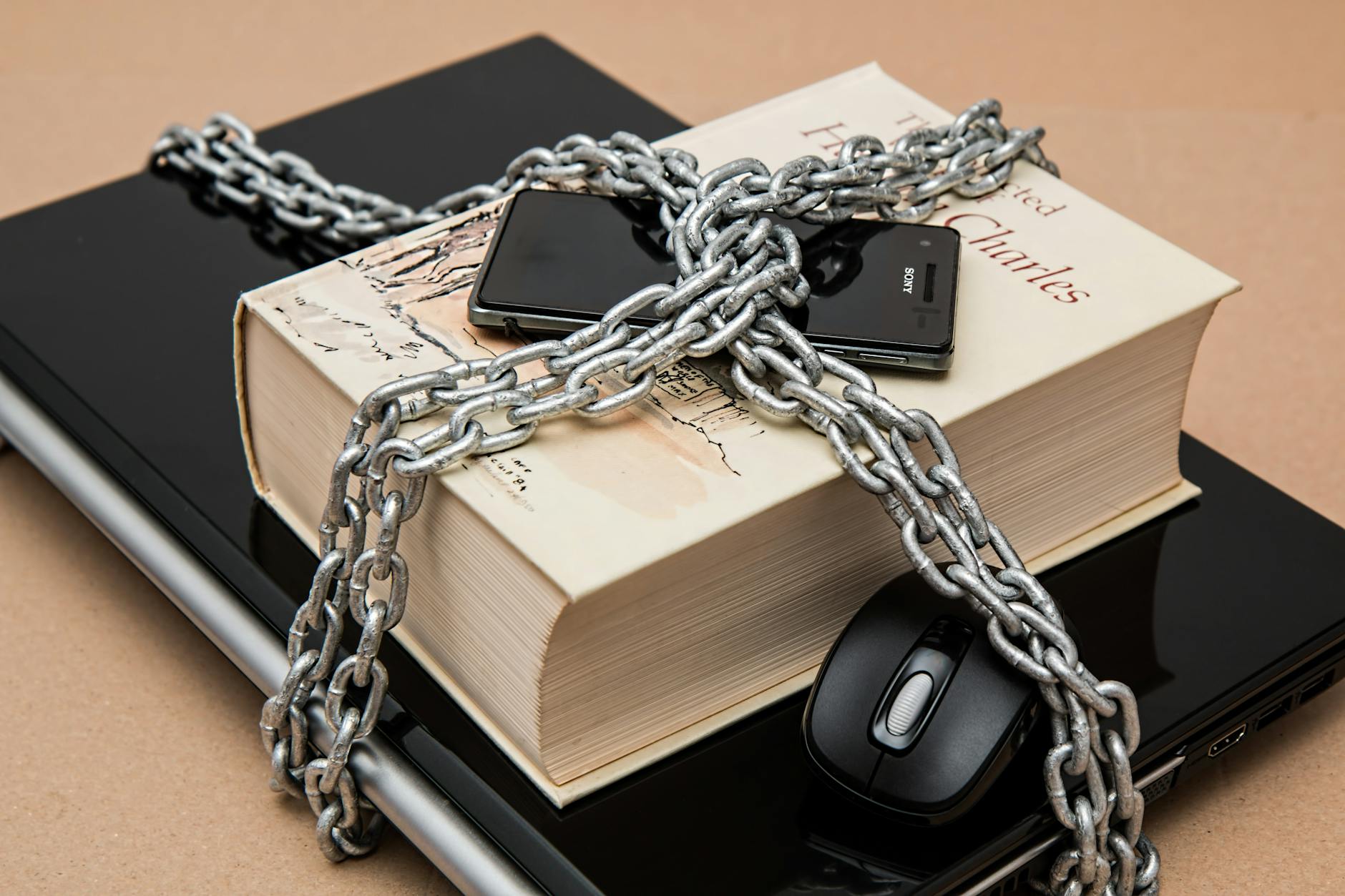Well, F2 on the Mac changes the screen brightness on MacBooks, but when you are in Excel, you want F2 to be brightness and F4 to be change cell references from absolute and so forth. With the F8-F12 this isn’t an issue, you can unmap those to get to F9 which is recalc by just changing System Preferences/Keyboard & Mouse/Keyboard Shortcuts and unmapping F9. Confused yet?
Macworld | Mac OS X Hints | Change Excel’s ‘edit in cell’ keyboard shortcut
On the PC, you can edit the current cell in place by simply pressing F2. On the Mac, the equivalent keyboard shortcut is Control-U, as F2 is assigned to cut the contents of the current cell. (If you’d like to see all of Excel’s keyboard shortcuts, open Help -> Excel Help, then type keyboard shortcuts in the search box, and then select Excel Keyboard Shortcuts in the results box. You’ll probably find quite a few that you didn’t know about.) After many years of using a PC in my prior job, I found the Control-U shortcut not only hard to remember, but harder to type. Unfortunately, you won’t find the “edit this cell†command listed in Excel’s keyboard customization section, so there’s no apparent way to change the shortcut. With a bit of help from a third-party program, though, you can achieve the same end result—make F2 edit the current cell in Excel (2004 or 2008) on the Mac.
To make this work, you’ll need some sort of program that supports macros; I’m going to use Butler





